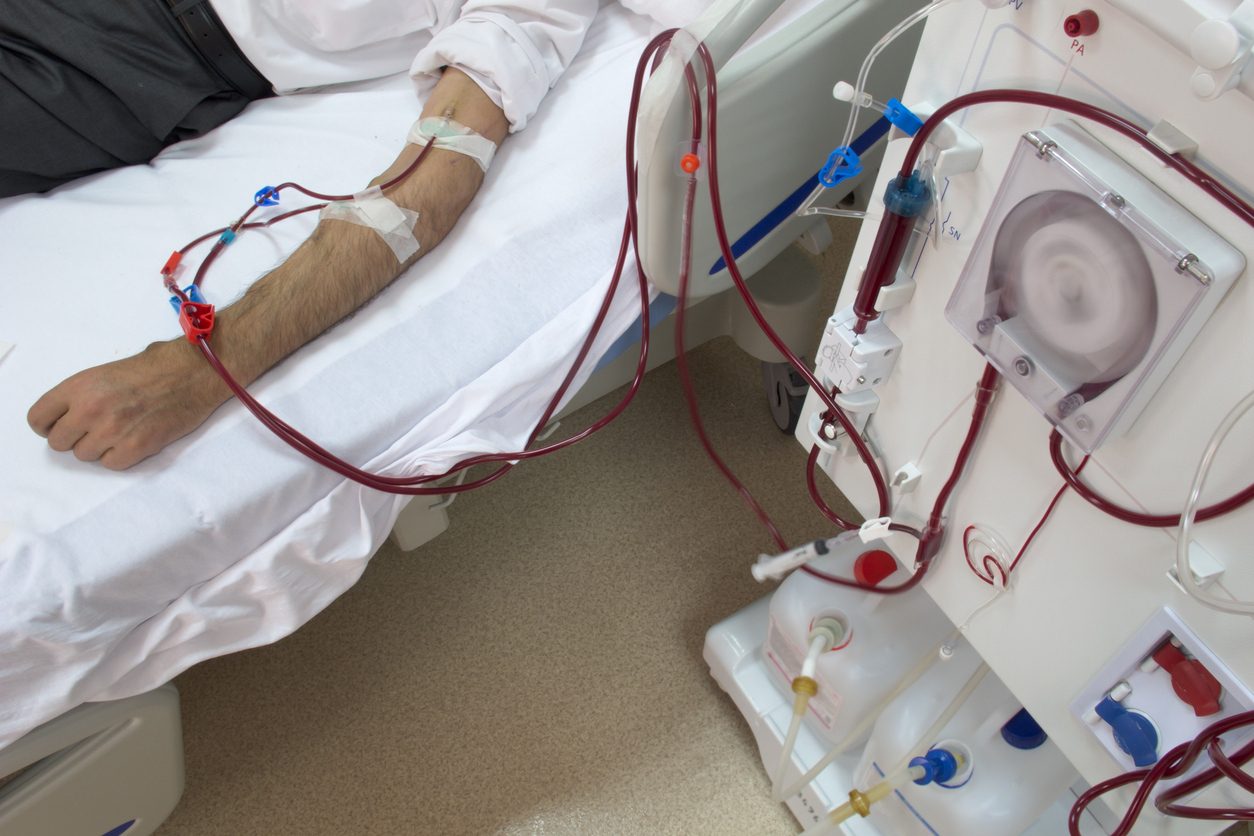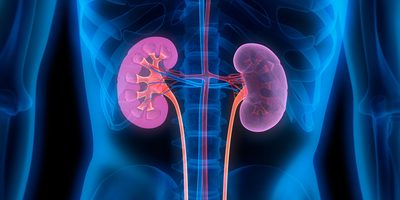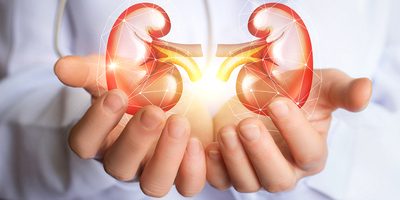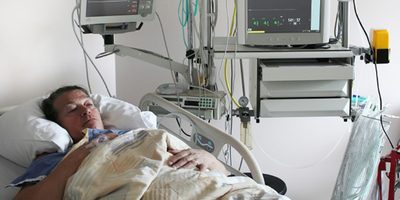
ACCESS HD: A randomised trial Comparing Catheters to fistulas in Elderly patientS Starting HaemoDialysis
Background
Older people with kidney disease often receive treatment called haemodialysis, which requires the patient to be connected to a machine that filters and cleans the blood. This connection is made by creating a vascular access with the patients’ bloodstream, typically an arteriovenous fistula (fistula) or central venous dialysis catheter (catheter).
Fistulas are created during a surgical procedure in the forearm by joining a vein and artery under the skin and often take many months to ‘mature’ before they can be used. Catheters are inserted into a vein in the neck or chest via a simple non-surgical procedure and can be used immediately once inserted.
There are potential issues with both of these vascular access types:
Fistulas can make the forearm appear bumpy, and although they are associated with a lower risk of infection, additional procedures (including additional surgical procedures) to maintain the fistula may be required. Such additional procedures increase the amount of time a patient spends in hospital.
Catheters must always be kept dry and therefore add burdens on patients when showering and prevent activities such as swimming. Catheters may carry an increased risk of infection, and current evidence suggests catheters may be associated with higher mortality. Maintenance of a catheter often requires the use of antibiotic solutions and/or special dressings.
Complications can arise with both these vascular access types. These complications account for up to 30% unplanned hospital admissions for dialysis patients, therefore making vascular access a burdensome aspect of haemodialysis treatment. This is especially true for older patients who tend to have more problems with access creation and often more medical problems compared to younger patients, leading to more time in hospital. This can lead to different health priorities, compared to younger patients, with quality of life being just as important as survival. Currently there is no evidence to guide patients and clinicians to which vascular access type, fistula or catheter, may be less burdensome for older patients.
Aim
To assess the efficiency of fistulas compared to catheters in reducing the burden upon patients who are greater than 65 years old and have kidney failure. This will be assessed by comparing the rate of procedures, interventions and days spent in hospital as a result of the haemodialysis access type.
The trial will generate high-quality evidence on the optimal vascular access type for patients at least 65 years old requiring haemodialysis.
Research Methodology
This is a multi-centre, randomised, single-blinded, parallel-arm, controlled trial. Initially four Australian kidney services will be involved, with plans to expand with further funding. Participants aged 65 years or older starting haemodialysis will provide consent and be randomised to either a catheter or fistula. Data will be collected at various time points for a minimum of 24 months (maximum of 36 months) from medical records. Participants will also be asked to complete questionnaires (KDQoL-SF, VAQ and HUI-3) to assess their quality of life, their views on their access type and other aspects of their health. These questionnaires will be completed at baseline, 6, 12, 24 and 36 months. Consent will also be asked for linkage to national datasets at the end of the study for health economic analyses, and a sample of participants will participate in semi-structured interviews at 12 months to enable the research team to gain a better understanding of the quality-of-life implications of the vascular access types.
Current Status
Recruitment commenced in May 2022 and has now ceased. Follow-up visits with participants are continuing.
Contact
To find out more about the ACCESS HD trial and its Chief Investigators Dr Sradha Kotwal and Professor Martin Gallagher, please contact Sarah Coggan on +61 2 8052 4566 or Kate Higgins on +61 2 8052 4760.









